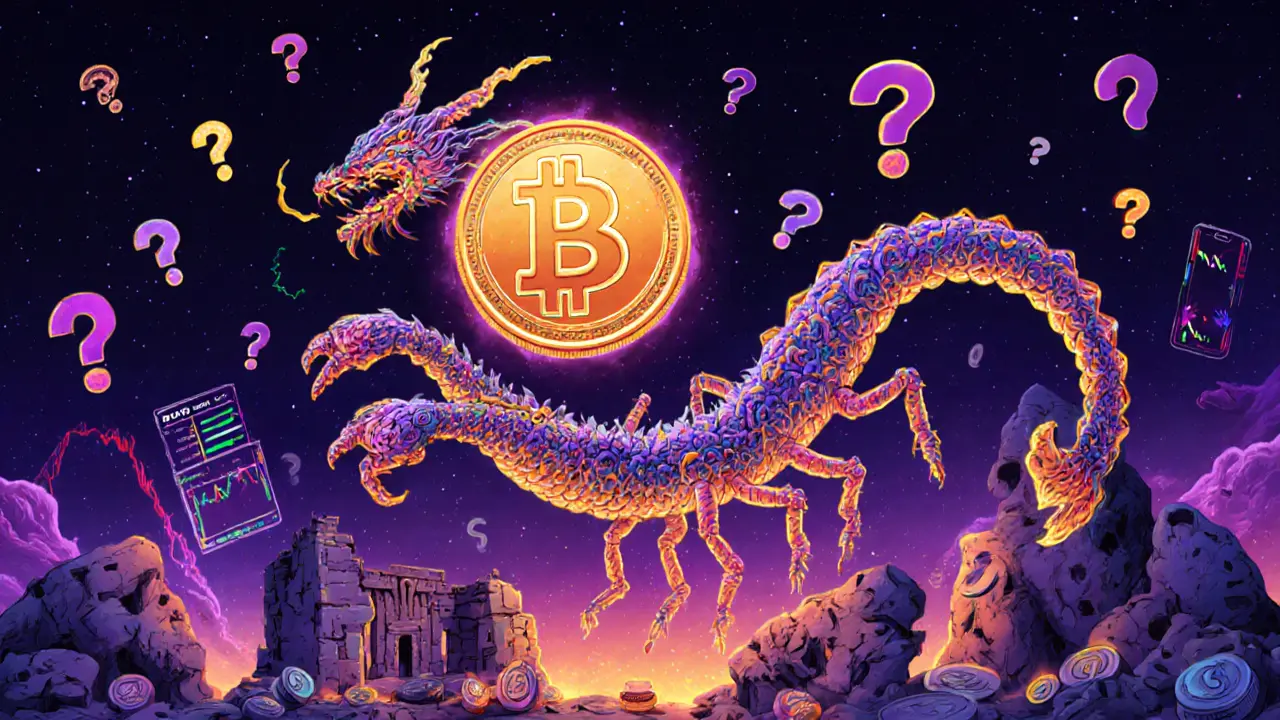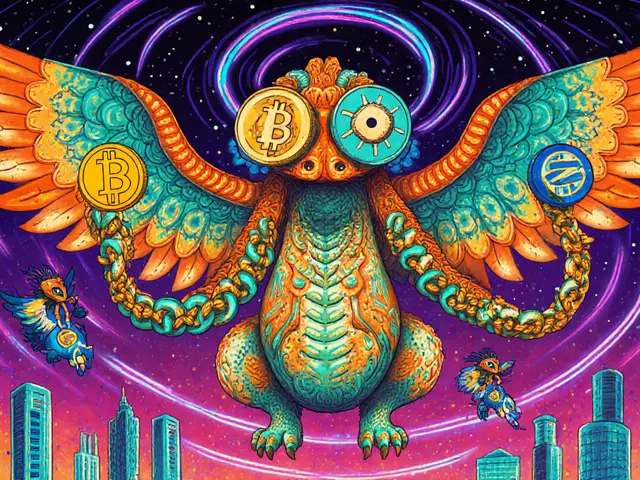STITCH price: What it is, where it trades, and why most listings are fake
When you search for STITCH, a token that appears on some unregulated crypto sites but has no official blockchain presence. Also known as STITCH token, it’s often listed as a new DeFi or meme coin—but there’s no team, no whitepaper, and no smart contract you can verify on Etherscan or BscScan. The STITCH price you see on random websites isn’t real. It’s pulled from fake liquidity pools, inflated by bots, or made up entirely. No major exchange lists it. No credible project behind it. Just noise.
This isn’t an isolated case. You’ll find the same pattern with tokens like veDAO (WEVE), a non-existent token that tricked investors with fake hype, or Diyarbekirspor Token (DIYAR), a fan token with zero circulating supply. These aren’t investments—they’re digital ghosts. They exist only in the minds of scammers and the charts of unmonitored aggregators. If a token has no team, no audits, no social activity, and no real trading volume, its price is a lie. The STITCH price, like many micro-cap tokens labeled as "upcoming" or "pre-launch", follows the same scam blueprint: create a name, slap on a fake chart, and wait for FOMO buyers to jump in.
What you’ll find in the posts below aren’t guides on how to buy STITCH. They’re warnings. You’ll see real breakdowns of dead tokens like BSClaunch (BSL), a token that vanished after promising big things, and Wannaswap, a DEX with zero liquidity and no updates since 2022. You’ll learn how to spot these fakes before you lose money. You’ll see how North Korea’s hackers exploit these same weak tokens to launder stolen crypto. And you’ll understand why tools like hardware wallets and blockchain explorers aren’t just for security—they’re your first line of defense against tokens that don’t exist.








